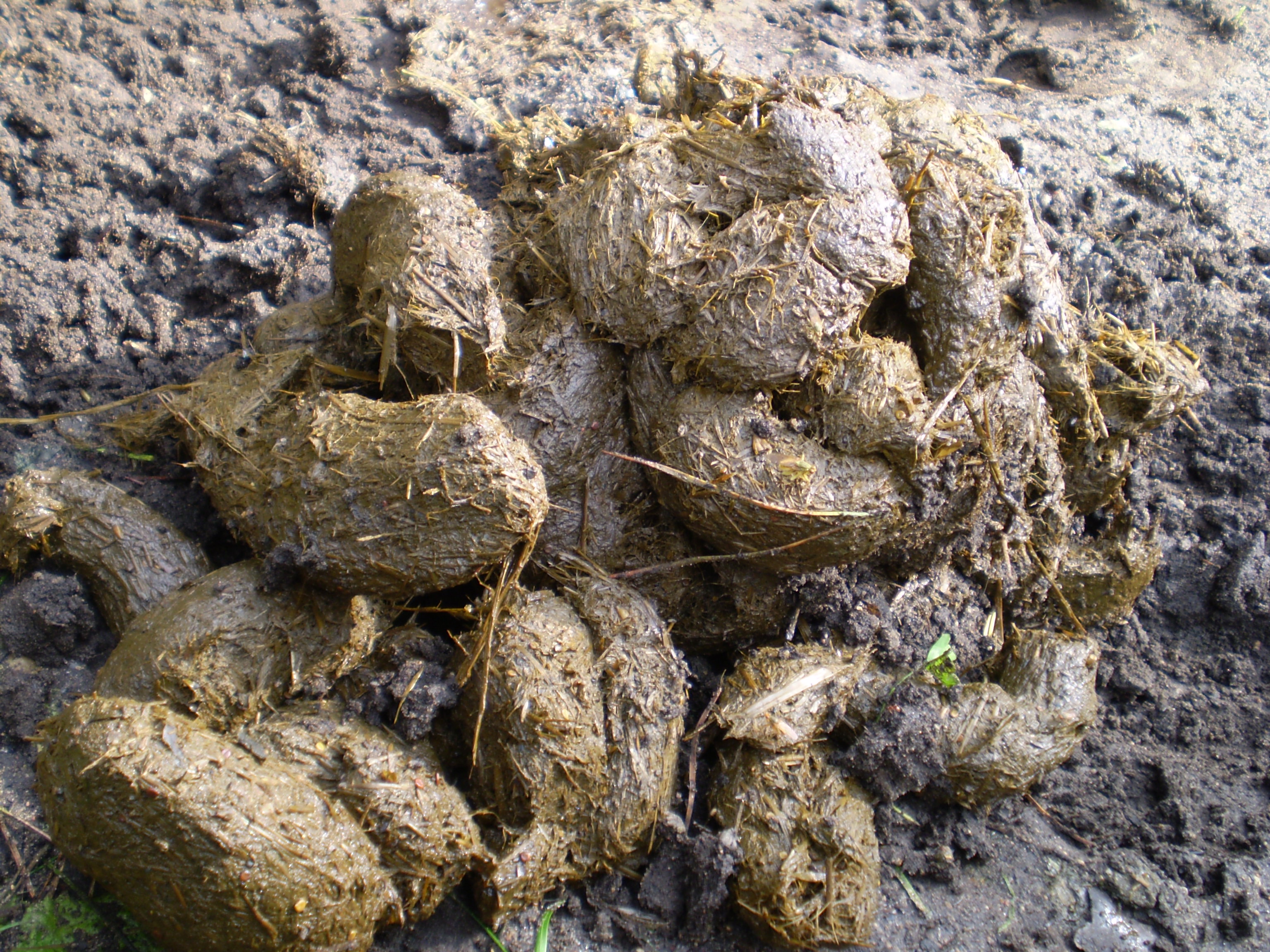Habitat
Sarcophaga crassipalpis are “true flies” from the order
Diptera. They have an easily found habitat that is
not
very specialized. Generally they reside in areas of decaying
organic matter, near flowers or fallen fruit or fecal matter.
Because the Sarcophaga crassipalpis have easily obtained
food sources, they are found in many places around the world;
usually around waste (Bănziger 2004). Wherever there is decaying matter,
these flies will be found. The S. crassipalpis do
not only use decaying matter as a food source, but they also use
it as a place for reproduction. They lay larvae on
feces, cadavers (including necrotic tissue of live animals and
humans), or both (Pape 2013), but generally just one or the
other.
Along with Sarcophaga crassipalpis, in this habitat there are many other flies of the Sarcophaga genus as well as other species. In the same habitat as S. crassipalpis are molds, worms, bacteria and fungi. They all work to break down dead or decaying matter as decomposers.
Generally, the Sarcophaga crassipalpis is found in warmer
temperatures, but they have a rapid cold-hardening (RCH) response
that protects them from non-freezing cold-shock injury (Yi 2011).
This enables them to survive a random cold spurt and still be able
to produce offspring without being affected. Also when tested,
apoptosis, the death of cells that occurs as a normal part of an
organism’s growth or development, was found to be induced by cold
shock, but RCH suppressed it (Yi 2011). However, the rate
at which cells died was still relatively high compared to the
control (Yi 2011).
Based on an experiment, the male S. crassipalpis require less
protein than the famale S. crassipalpis. Depending on the
availability of food, the flies will travel elsewhere. The
main goal of their habitat is to supply enough protein for them to
be able to reproduce successfully because they do not re-allocate
resources from capital storage pools towards
reproduction (Wessels
et al.
2011).